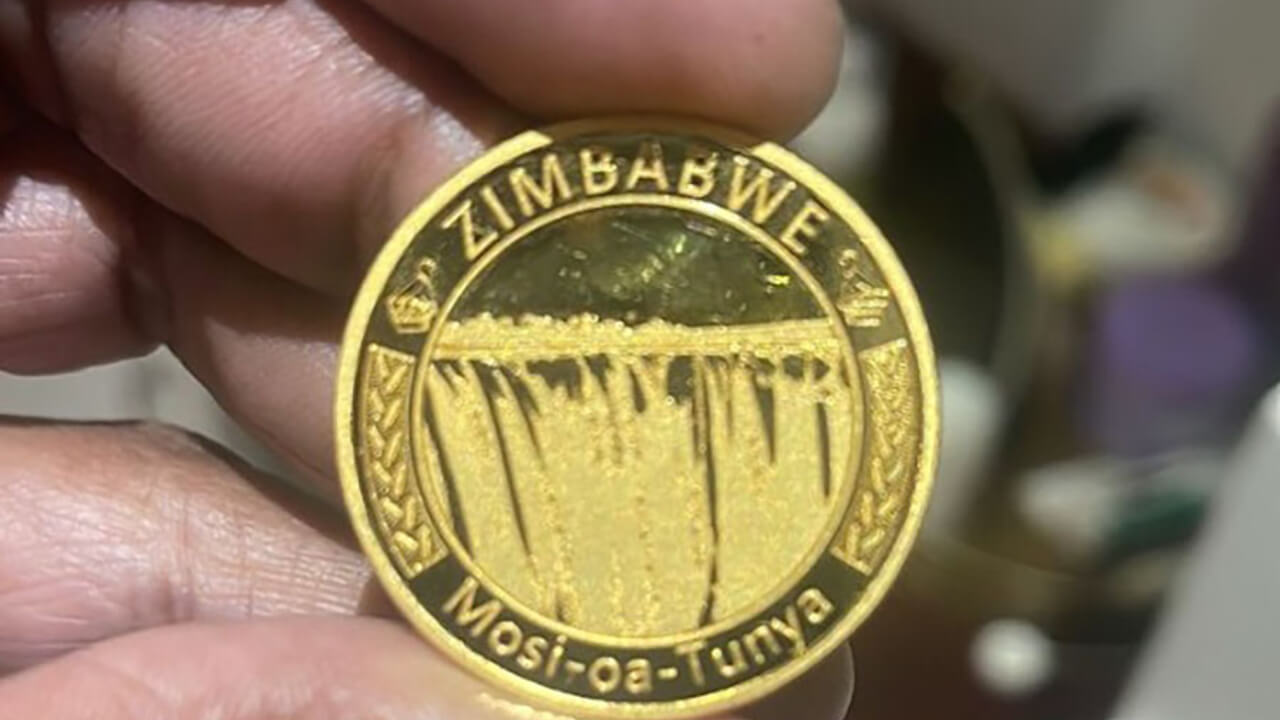Gold coins in smaller denominations in November: Mangudya
RESERVE Bank of Zimbabwe (RBZ) governor John Mangudya yesterday said the central bank would introduce gold coins in smaller denominations by mid-November as fiscal authorities seek to find ways to arrest runaway inflation and stabilise the economy.
In his Mid-term Monetary Policy Statement, Mangudya said the introduction of gold coins in July had helped to stabilise the economy.
“Following the successful launch of the gold coins on July 25, 2022 and in response to public demand, the bank shall introduce and release into the market gold coins in smaller units of a tenth ounce, quarter ounce and half ounce for sale with effect from mid-November 2022,” Mangudya said.
“The features, characteristics and the sale terms and conditions shall remain the same as the current trading arrangements of the gold coins in circulation.
“The high demand for the gold coins will assist in mopping up liquidity from the market and thus strengthen demand and enhance the value of the local currency. The bank shall continue to release additional gold coins into the market on an on-going basis in line with demand.”
The gold coins are called Mosi-oa-Tunya, which in the local Tonga language refers to Victoria Falls.
Upon launch on July 25, the central bank disbursed 2 000 coins to commercial banks, with the cost of one Mosi-oa-Tunya coin pegged at US$1,824 or $805 745,35 using the willing-buyer willing-seller rate.
On Monday last week, Mangudya said 85% of 1 500 gold coins had been sold in local currency.
He promised that the RBZ would release a further 2 000 coins by the end of last week.
The central bank said holders of the coins would only be able to trade them for cash after 180 days from the date of purchase, adding individuals or companies would be able to buy them from authorised outlets.
Foreigners can only buy the coins in foreign currency.
Mangudya said the introduction of the gold coins had helped slow down runaway inflation, which jumped to 256,9% in July, up from 191% in June.
“The recent stabilisation measures have, however, resulted in the slowdown in monthly inflation, from 31,7% in June to 25,6% in July 2022. In addition, the shift towards a more liberalised exchange rate, through the introduction of the willing-buyer/willing-seller foreign exchange trading system in May 2022, has significantly reduced the parallel market exchange rate premium, from about 140% to the current 60% as at the end of July 2022.”
The central bank governor revealed that most of the gold coins were being bought in local currency.
“As at 10 August 2022, 4 475 gold coins had been sold, realising $3,7 billion of which 90% was paid in local currency and the balance in foreign currency, and evenly distributed throughout the agents,” he said.
Mangudya also said there was an increase in gold deliveries at Fidelity Printers and Refiners, government’s sole gold buying agency.
“Total deliveries during the first half of 2022 were 60,45% or 9 954,67kg more than what was achieved over the same period in 2021. At this rate, the bank’s projection of delivery of 35 000 tonnes is within reach,” he said.
“To ensure that the set target is achieved, there is need to maintain the incentives and complement them with increased monitoring of gold producers to reduce leakages into the parallel market.”-newsday








